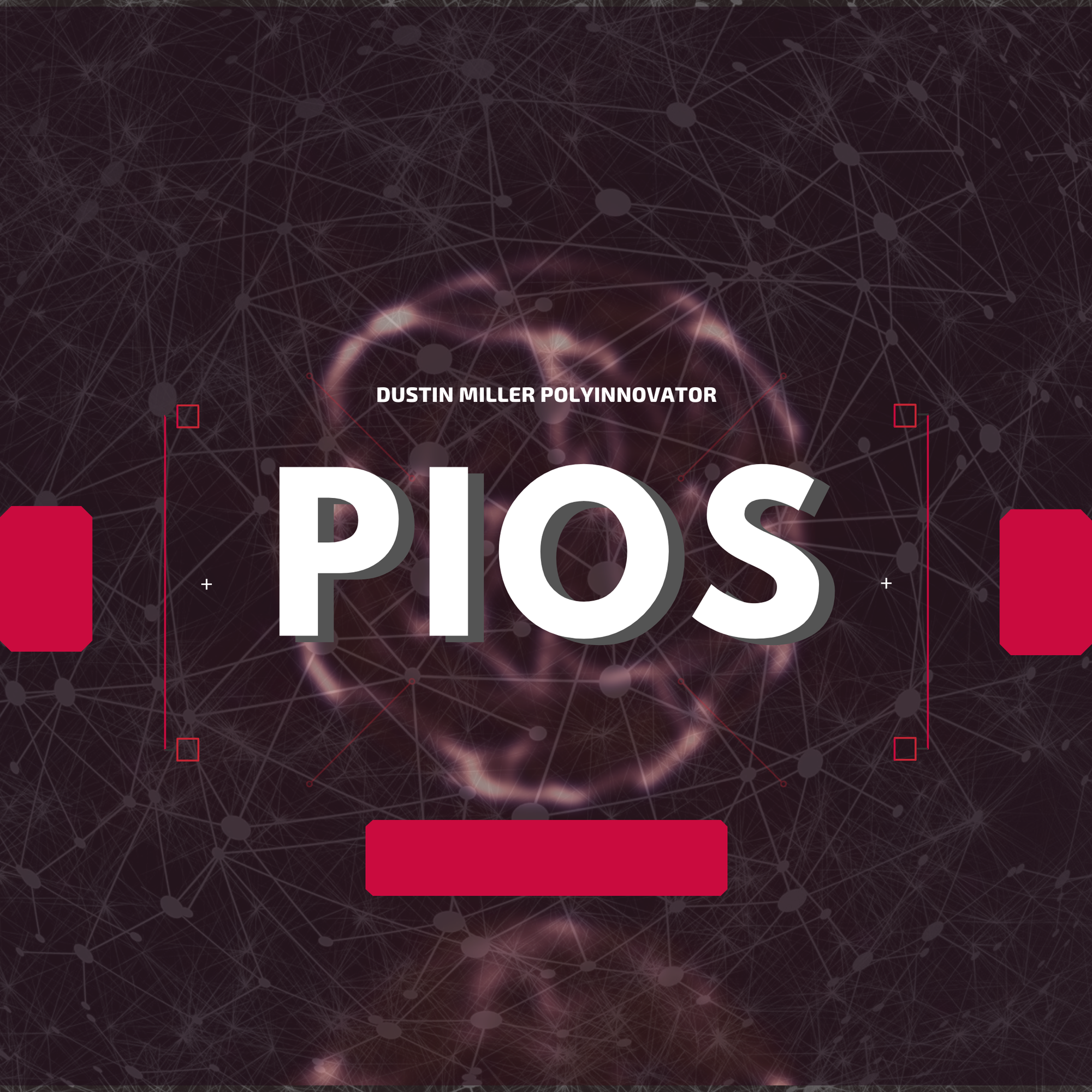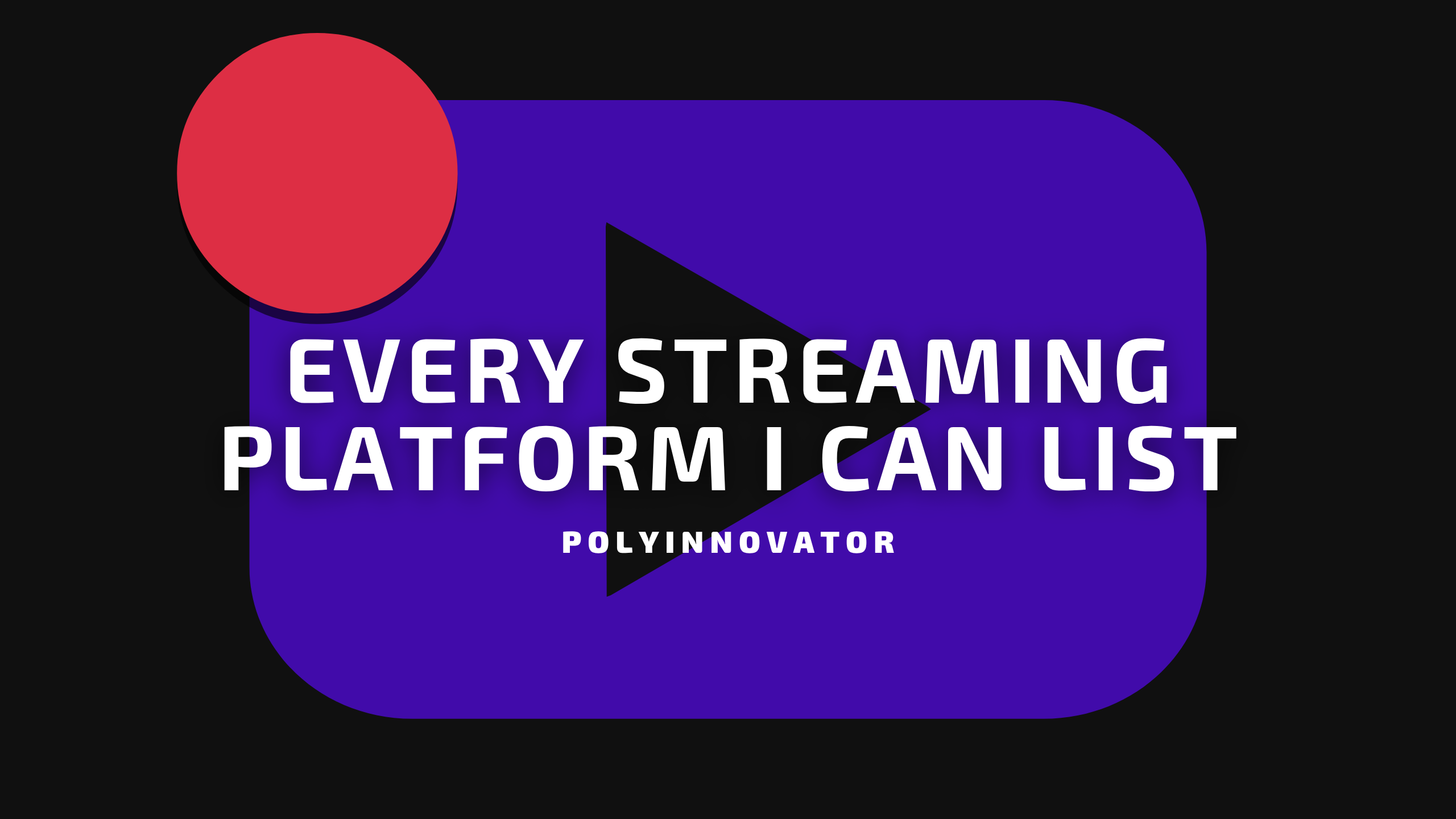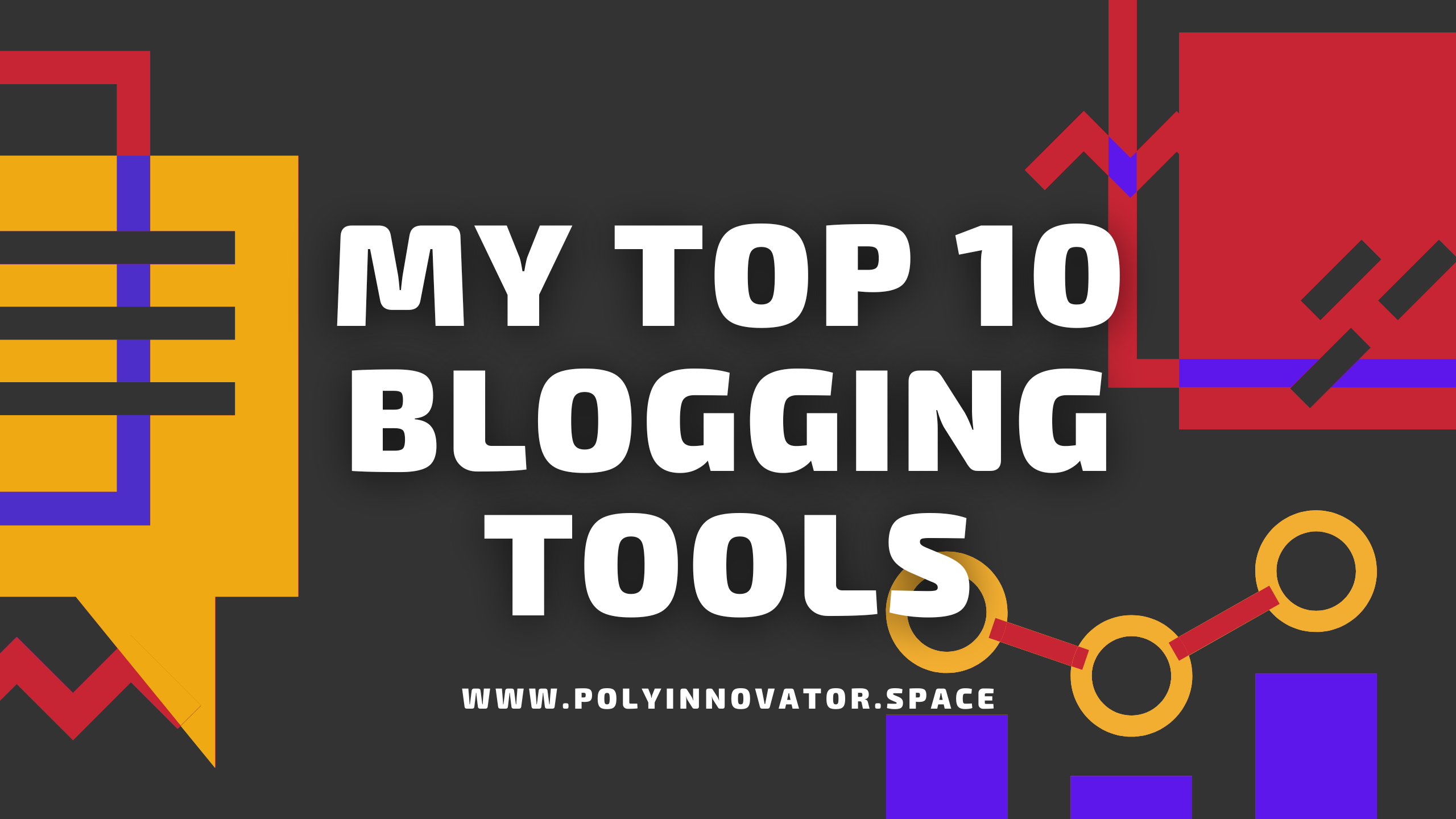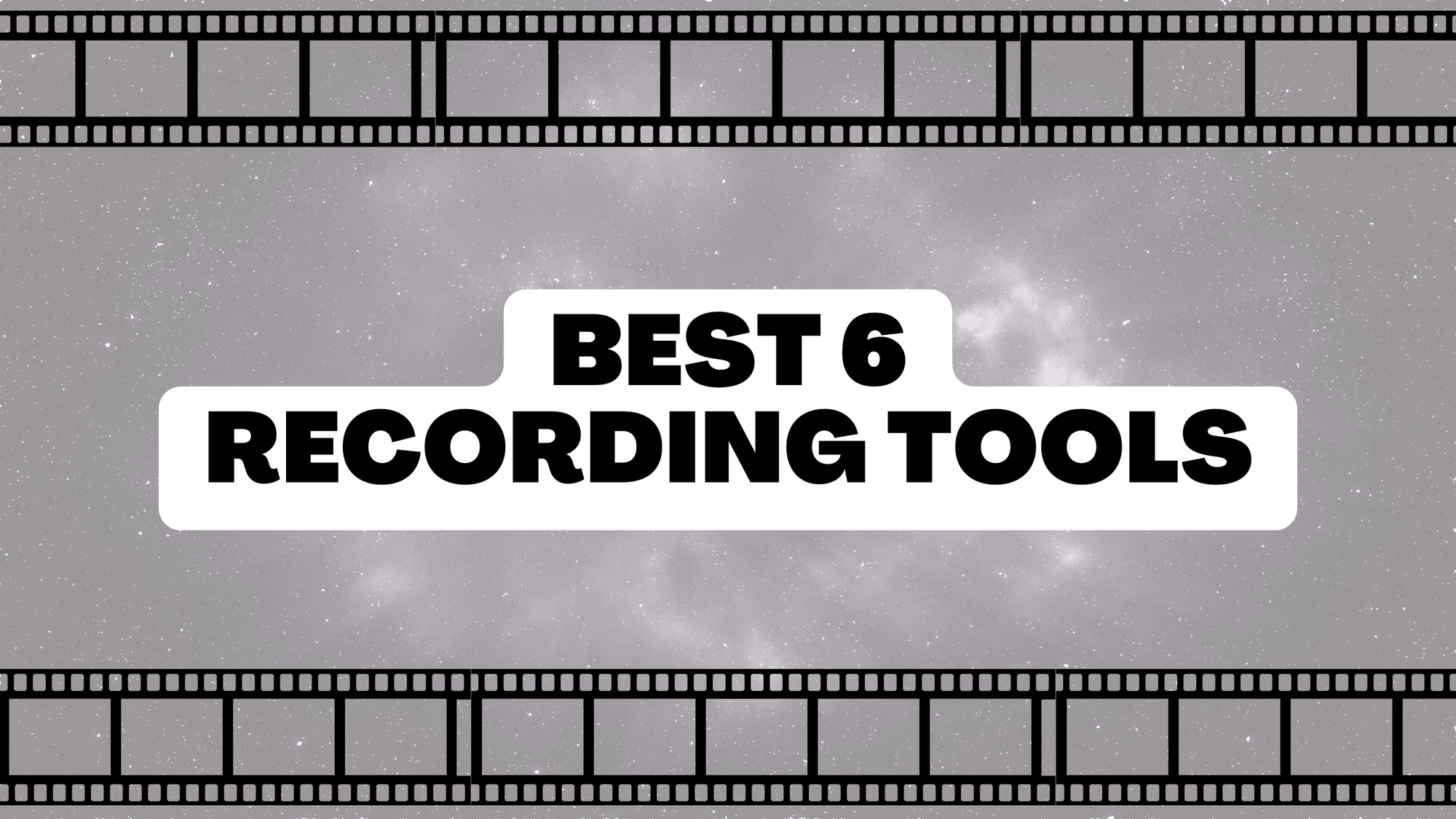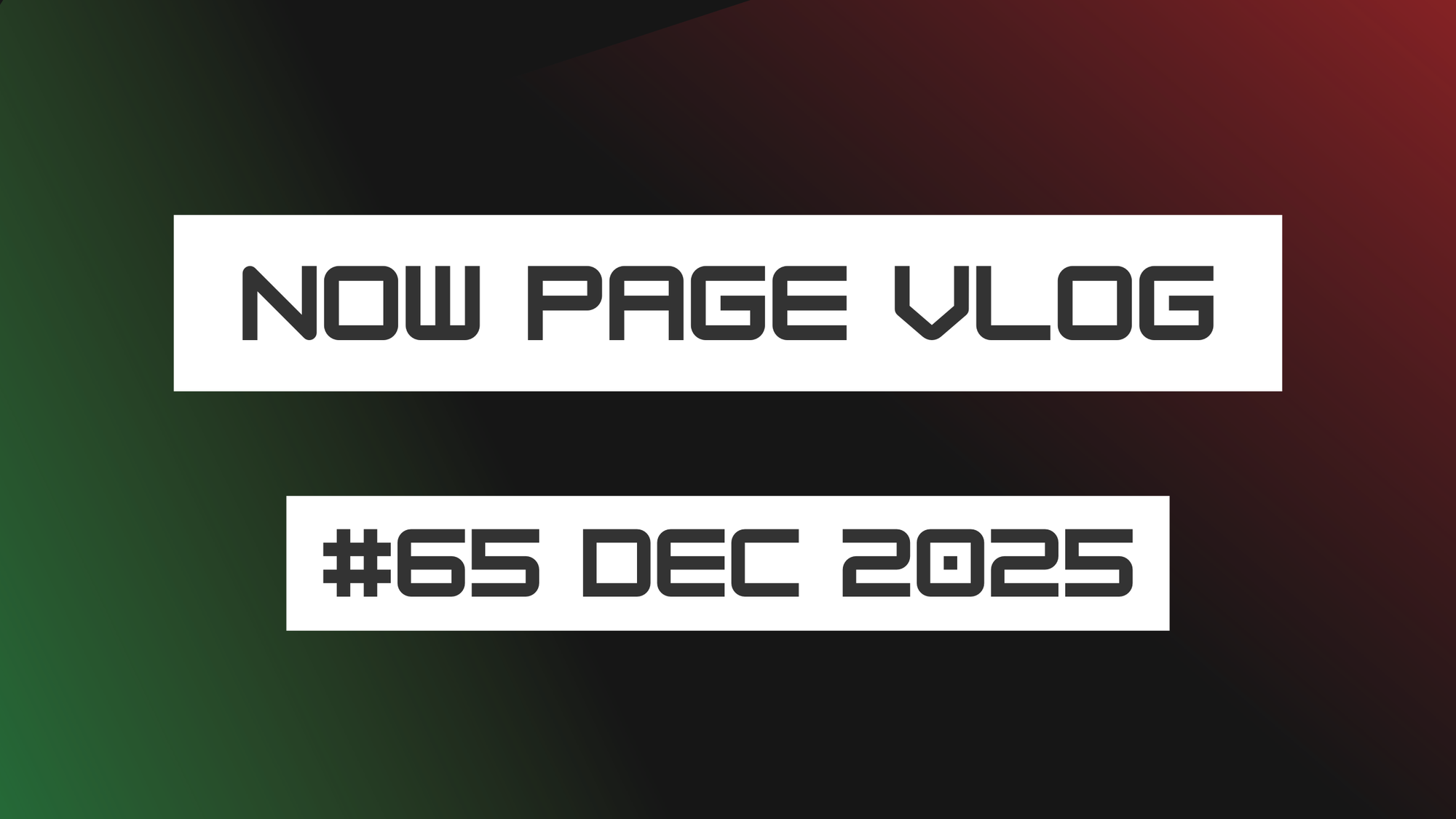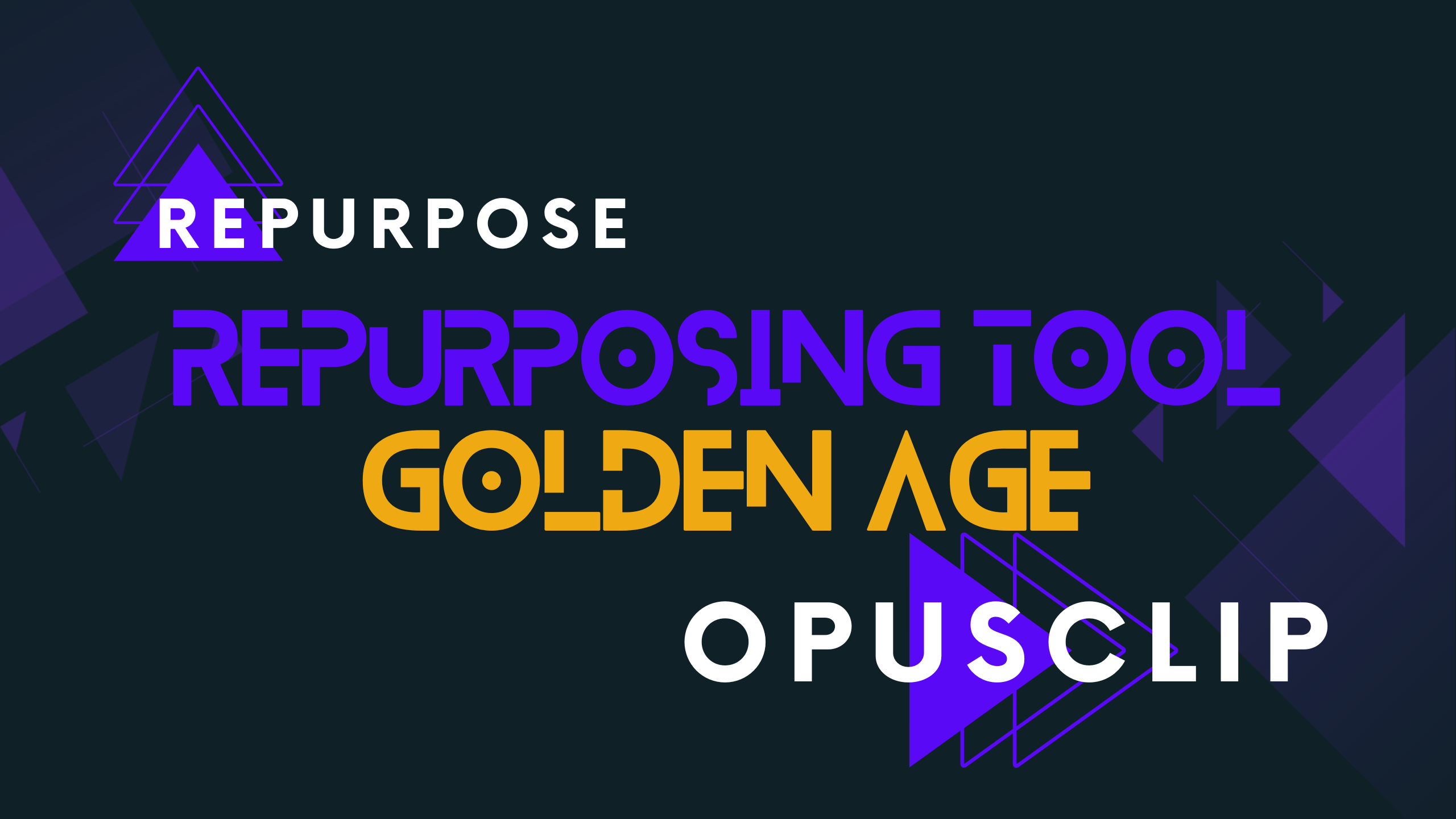The P.I.O.S. (Personal Innovation Operating System or Poly Innovation Operating System) is a system framework I created for a modern approach to knowledge management, especially for polymaths. It’s designed to support generalists and multidisciplinary individuals, helping them build a multifaceted "omni-brain" (or "poly-brain").
Unlike the "second brain" concept, which primarily serves as a repository for ideas, the P.I.O.S. emphasizes a more layered, holistic system that integrates all aspects of life. Over the years, I’ve refined this framework, and I’m excited to share its latest iteration.
Layer 1: Yearly – Review and Plan
The yearly layer focuses on:
- Reviewing the past year to evaluate progress.
- Planning for the year ahead.
This layer also includes phases, which represent your key areas of focus or disciplines. These phases are like macro-level categories (e.g., swimming, gaming, PolyTools). They allow for interleaving and overlapping, unlike static "areas" in other methods like PARA, which cater more to a specialist mindset.
Layer 2: Quarterly – Four Pillars and Ikigai Alignment
This layer integrates:
- The Four Pillars:
- Body: Tracking exercise and physical health.
- Mind: The Modular Degree, a DIY education framework to stimulate learning.
- Spirit: Practices like meditation and Buddhist koans.
- Emotions: Tracking emotional intelligence (EQ) and gratitude.
- Ikigai Alignment: Ensuring that all actions align with your personal and professional identity. This helps maintain synergy between your personal life (four pillars) and professional goals (Ikigai).
Layer 3: Monthly – Projects and Goals
This layer handles:
- Projects: Grouped under phases, with associated goals and tasks.
- Goals: Achieved through tasks or projects, they drive progress within your phases.
- Monthly Notes: A personal and professional summary, inspired by Derek Sivers' Now Page. This serves as a reflective journal, either private or public, capturing what’s happening in your life.
Layer 4: Weekly – Systems and Habits
This layer is about:
- Systems: Designing frameworks to sustain habits.
- Habits: Building and reinforcing behaviors.
Habits and systems are interdependent. A system ensures that even if a habit lapses, it can be reestablished more easily. For example, a consistent exercise habit, supported by a system, makes restarting easier after a break.
Layer 5: Daily – Content and Networking
This is the execution-focused layer:
- Daily Journal: A private space for reflection, which can also be public if desired.
- Content Ecosystem: Managing blogs, videos, podcasts, or other creative outputs.
- Networking Base: A personal CRM to track relationships with podcast guests, hosts, and collaborators.
Layer 6: Archive and Templates
The final layer is for long-term organization:
- Archive: Storing completed projects, notes, and references.
- Templates: Predefined structures to streamline workflows, tailored to the tools in your knowledge management system.
For those who want a concise look:
- 1 Yearly - Review + Planning
- Yearly Notes
- Phases
- 2 Quarterly - Four Pillars + Ikigai Alignment
- Body - Exercise Workout Plan
- Mind - Modular Degree
- Spirit - Meditation/Koans
- Emotions - EQ/Gratitude
- Ikigai - Alignment/Quarterly Notes
- 3 Monthly - Projects, Goals
- Now Page Updates = Monthly Notes
- Projects
- Goals
- Tasks
- 4 Weekly - Systems, Habits
- Weekly Planning Notes
- Habit Tracker
- 5 Daily - Content + Networking
- Daily Journal
- Content Ecosystem
- Networking Base
- 6 Archive + Templates
In Conclusion
The P.I.O.S. consists of six layers: Yearly, Quarterly, Monthly, Weekly, Daily, and Archive. Each layer serves a unique purpose, with iterations refined over time to create a cohesive and practical system.
This is the first time I’ve shared this updated framework, and I’m thrilled to hear your thoughts. Cheers!
Let me know if you’d like further refinements to the PIOS!
Raw Transcription for Google:
The P.I.O.S. in 2025. Now, this is a system framework that I created for a modern approach to knowledge management, particularly for polymaths, because I wanted something that was helpful for the generalist and multidisciplinary people of the world. So I created the P.I.O.S. to be that for them. It is also known as the Personal Innovation Operating System or Poly Innovation Operating System. Whichever way you want to go about it, I think right now it's kind of either or. Really, it's a matter of having a multifaceted omni-brain or poly-brain or whatever you want to call it. I don't like the second brain because it just basically gets you to dump your ideas and then try to make something out of it when there's not much tracking involved when it comes to the other aspects of your life.
I wanted to have a more multifaceted layer system that really the second brain just couldn't offer and I found that I created many different versions of it and I wanted to talk about the latest iteration today because I find I think this new one is really interesting. So we start off with the first layer, yearly. You do your review and your planning. That's basically what your yearly notes are. You are planning what the year has like are doing ahead, but you're also going back over the previous year and making sure that you've done well enough.
And then I have moved this from a different layer from before, the phases. I think the phases are most prudently put into the yearly layer because these are the big picture, the macro ideas that you're trying to focus on. These are your areas of focus, your areas of discipline, your expertise, if you will. These are the phases that you are going to be scheduling everything under. So for me, like a swimming phase is one of them or the gaming phase or the polytools phase. These are all different areas of my life.
like you would do in the PARA method per se. But I think that the way I explain it with phases instead of areas allows for these phases to interleave and overlap in a unique way. And when you kind of just think of it as just as areas, it limits you towards that kind of specialist mindset. Next is the second layer, the quarterly layer. This is where the four pillars and Ikigai alignment takes place. Now,
I kind of changed this layer to be kind of incorporating some of the other parts of other layers in the past because I found that it actually works way better this way. For example, all four of the four pillars, body, mind, spirit, and emotions. And the way I went about changing it is that I had the exercise workout plan in the habits layer later on. And I realized that this really doesn't make as much sense because you're not really keeping track. You don't need to keep track of the habit per se. You just need to keep track of what you're doing with it and how you're taking care of
And really the point is of the body. So let's put that in the four pillars layer. So the body is exercise. The mind is modular degree. This do it yourself education framework that I created prior to the P I O S it's actually what got me into knowledge management and the modular degree is this learning modality. And I had that in a different layer before too, but I figured actually, you know what, the way you improve your mind is learning and keeping stimuli your mind. So stimulating your mind. And so the module degree fits there. Next we have the spirit pillar.
which I've always seen as meditation to be the practice to do for that. But I also realized that I really like learning from Buddhist koans. And so this is kind of the way, place I could put that as well. And finally you have the emotions pillar, which is something that I probably need to work more on. But this is where you kind of track your EQ and try to understand yourself and others, but kind of more prudently tracking your gratitude. So if you had a gratitude journal, this is where that would be next. You have the Ikigai and that's the alignment or quarterly notes. And essentially you're basically just making sure that everything you're doing
on any of these layers are aligning with who you want to be and who you want the world to know you as. And are you actually aligned with your four pillars too. Is anything you're doing actually impeding your four pillars? Because while the four pillars are more your personal life and the GIGA is more of your professional life, they both are interrelated obviously as well. Next we have the third layer, which is the monthly layer, projects and goals. This is where I realized that these now page updates that I do every month.
which are a blog and a vlog of updating the world with what's happening now in my personal and professional lives. I got this idea from Derek Severs, and basically I do a monthly note, but I just make it public. And so those, for me, are equal in value. They're basically the same thing. They're monthly notes. And so basically, it just talks about what's happening in the last bit of the last month, like what happened to me this past month and what happened to my life and what's my professional life like, too, and what am I interested in right now? And that way, you know, my future...
descendants or even myself could look back and see what was going on in my life. And I think that's pretty cool. And even if you only keep it as a personal, private journal, it's still one of those things that's really interesting. On this layer, you have your projects. And within those projects, each one of those have their own goals and tasks that you need to do. And each project fits into one of your phases. So you have these phases, projects, and tasks. The goals are kind of more superficial than that. They're kind of overarching. The goals can be...
project-based or task-based and stuff like that. And so maybe you can do 10 tasks to achieve a goal, or maybe you have to complete two projects to achieve a goal. But either way, those goals lead you completing those projects and leading you to complete, in a way, phases. Phases don't necessarily have an end game per se. They don't necessarily have to end. They could be continuous. But I think that it's healthy to have certain phases that end after a year or a decade. Next layer, the fourth one, is the weekly layer.
These are systems and habits, and these are where you really try to hone down what your habit systems are and try to have a system planner, if you will. I'm kind of playing with that. It's like one of the areas of this layer, a system planner. So you're really trying to nail down what systems do you want to have, and then you can focus on what habits you need to make happen in order to create that system, because systems and habits are very interrelated. When you have habits, you eventually build systems.
when you lose that habit, that system can help you bring it back. But if you don't have systems, then you're not going to be able to bring that habit back. And so basically, most people have some sort of habit that's been long going that has created a system in their mind. But sometimes if you have a new habit like exercise and you're not used to it at all, and then you lose it without building up that system, it does become a little harder to bring back. But if you've done it for long enough and you've built that system, even a minor one, then
going back to working out after not doing it for a while will actually still be a lot easier just because you had that system in place. The next layer is the fifth layer, the daily layer. This is content and networking. This is originally kind of what I put input and output, and so the modular degree being that input, but I moved that up to a four pillars layer because I thought that was more fitting there. So now it's basically purely just output, and I think it's a lot more healthy to think about because learning takes place over the course of months and quarters.
You might have actual sprints or topics or even semesters of your modular degree if you want to go that route. And those will take a long time. Probably a semester would be about a quarter. So quite literally, moving the modular degree to a higher layer I think was a lot more efficient. In this way, you have your daily journal, which is private, but you can make it public if you want. I mean, I have my fireside codex, for example, it's a public journal, but my daily journal is something I keep private. Then you have the content ecosystem.
Where I keep track of all the content I'm creating, and so can you. And so even if it's blogs or videos or podcasts, you can all fit into there or all of the above. And then next is something that's a little bit more unique is the networking base. And this is basically my personal CRM. It's where I keep track of all my podcast guests and the podcast hosts I meet when I go on their shows. And that way I can keep track of people a little bit more effectively when I get to these higher numbers. I'm meeting a lot of people over the years.
And then finally, the last layer, the sixth layer is archive and templates. And this, again, is kind of similar to Para, but I think that having a template folder in there is also really useful. And really, depending on which tool you're using as your personal knowledge management system, your templates can be pulled from in different ways. And so really, that's the whole system right there. I've explained all the layers, yearly, quarterly, monthly, weekly, and daily, and you have the archive. And each layer has gone through its own iterations over the years. And I really wanted to just kind of make a new piece of content explaining what this new layer is. I didn't even make a video about this yet. This is the first time I've talked about this new flow and I'm excited to share it with you. Thank you, cheers.
![Official Website for Dustin Miller PolyInnovator [LLC]](https://polyinnovator.space/content/images/2025/03/polyinnovator-logo-2024.png)

